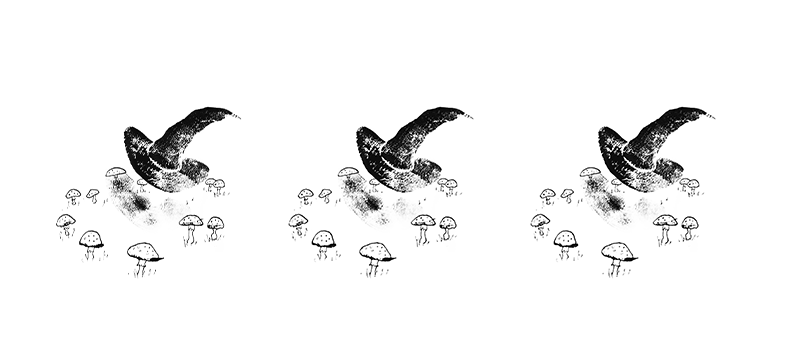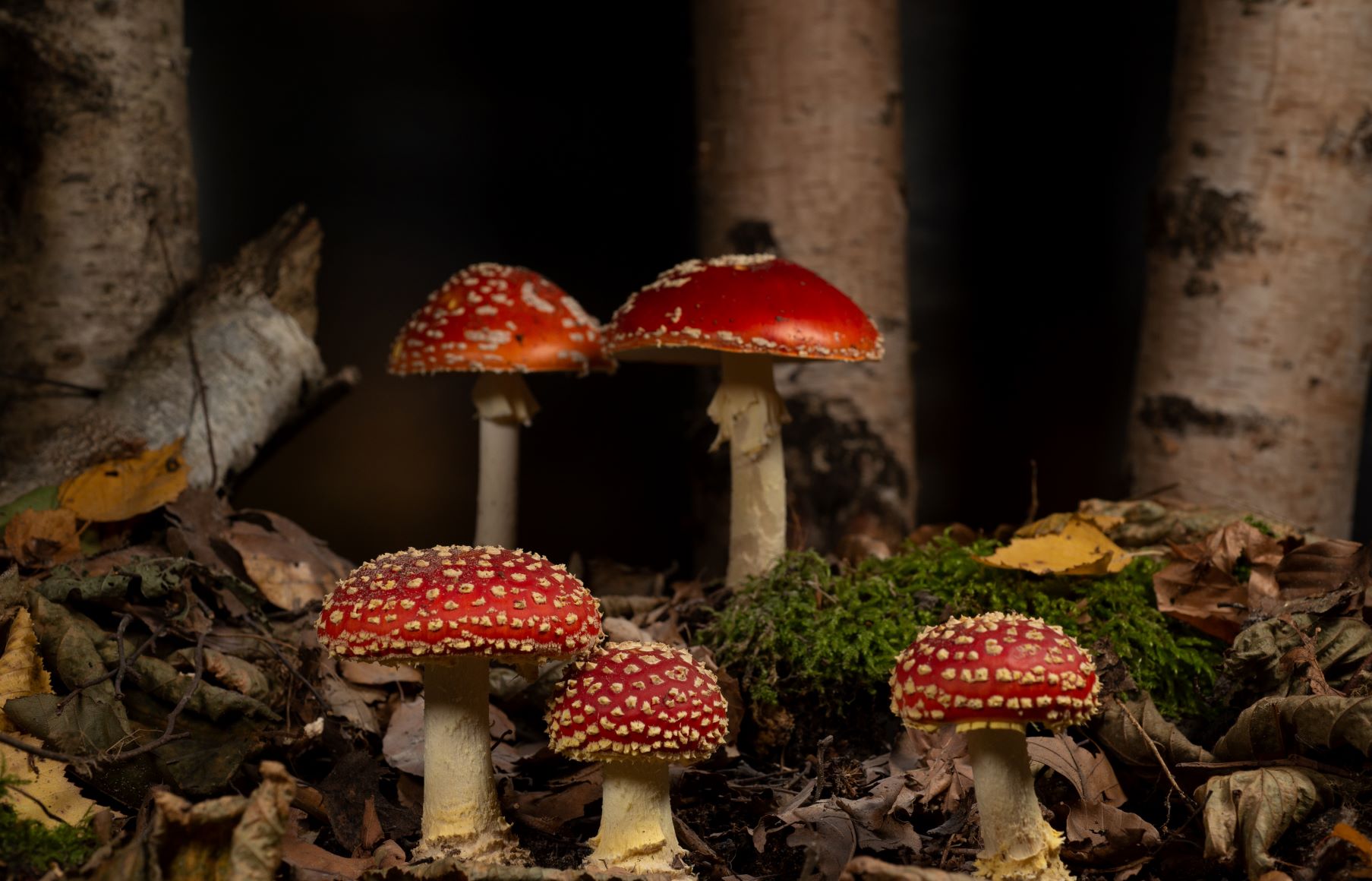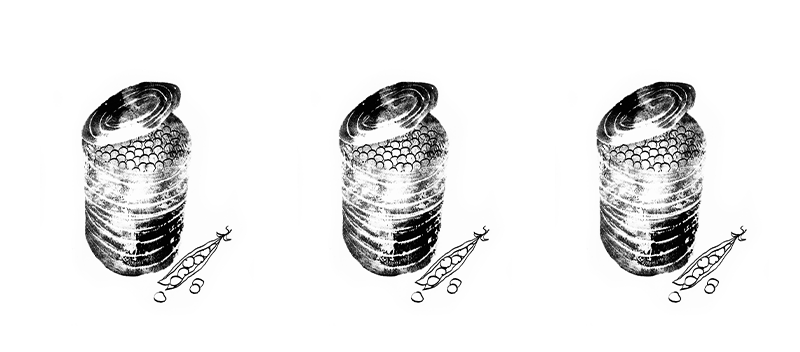The woods are full of them at this time of year: rings of toadstools known as fairy circles in English (and witches’ circles in Dutch). There’s something magical about the sight of them and you can imagine why people connect them with supernatural powers. In times gone by, people thought witches or fairies must be involved. A bit far-fetched, maybe, but how do these circles form, then?
‘Fairy circles in the woods are usually found under a tree,’ says Wietse de Boer, special professor of Soil Biology. ‘They are formed by mycorrhiza fungi, which are fungi that live in symbiosis with trees.’ The tree provides the fungi with nutrients while the fungi break down organic matter – such as humus, which is hard for other organisms to use – into mineral nutrients that the tree can absorb. Win-win.
The circle forms because fungal threads underground grow in all directions from a central point. ‘The most nutrients are found around the outer edge and that’s where the fungus is the most active,’ explains De Boer. ‘If the weather conditions are right, after a heavy shower, for example, toadstools shoot up all around the edge.’
You do find fairy circles in grassland too. One example is the fairy ring mushroom, which does not coexist with trees and is considered a nuisance on lawns. De Boer: ‘Along the edge, where the fungus grows the fastest, the mushrooms take nutrients from the plants, so the grass doesn’t grow as well and dies back.
The most nutrients are around the outer edge and that’s where the fungus is most active
Wietse de Boer, special professor of Soil Biology
But a bit further into the circle, the fungi release nutrients from organic matter into the soil, causing the grass to grow better. So the grass inside the circle is often greener.’
The speed at which a fairy circle grows depends on factors such as the weather and the available nutrients. Some can grow by one metre in diameter per year. One of the oldest fairy circles is in a field in France: it is thought to be 700 years old and measures 600 metres across. Circles that are connected to trees usually stay smaller. Fun fact: mycorrhiza fungi are known as the Wood Wide Web because trees use the fungal threads to communicate with each other.

 Illustratie: Marly Hend
Illustratie: Marly Hend 

